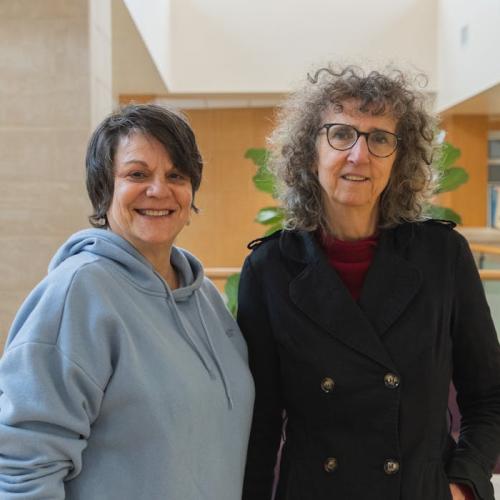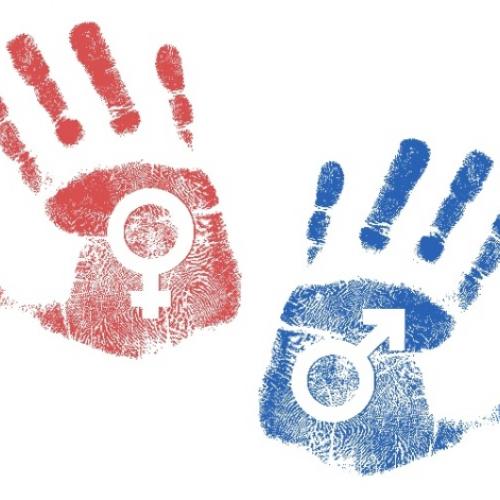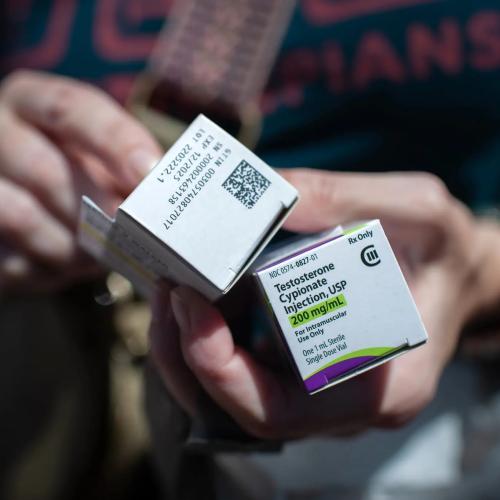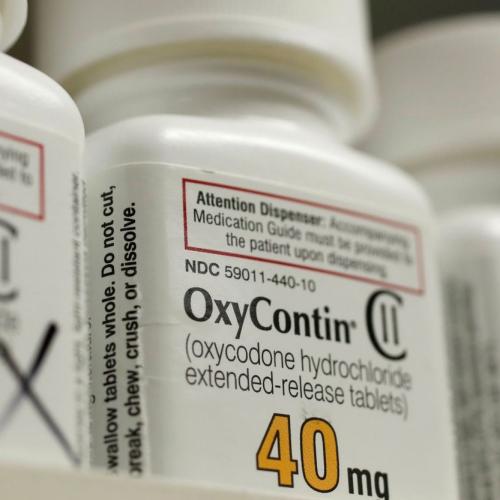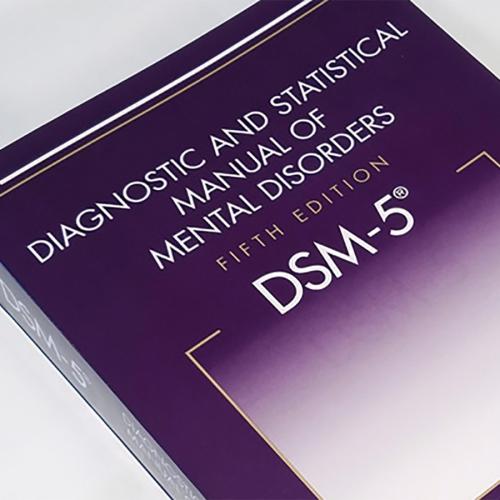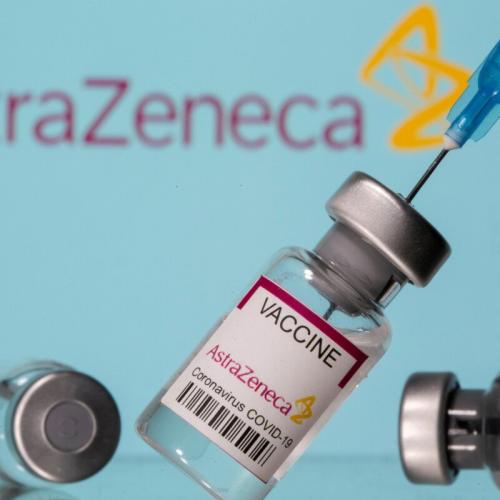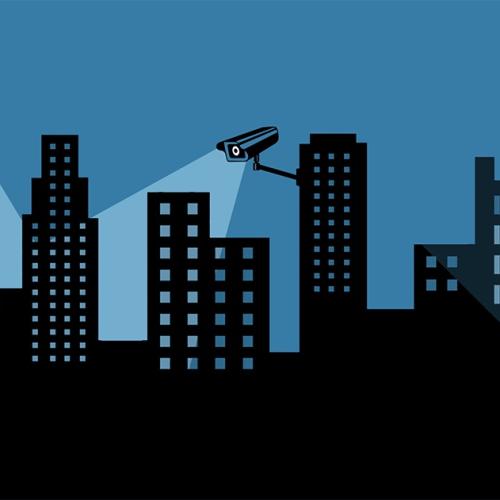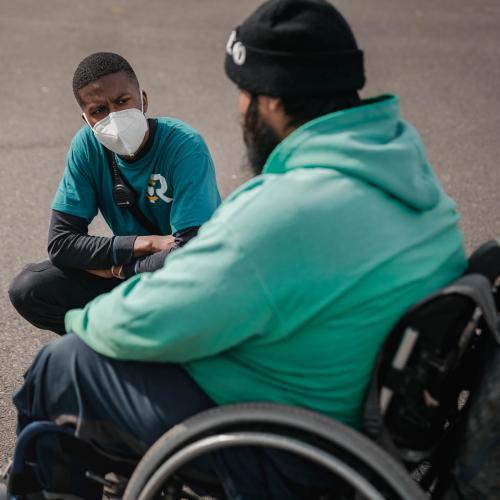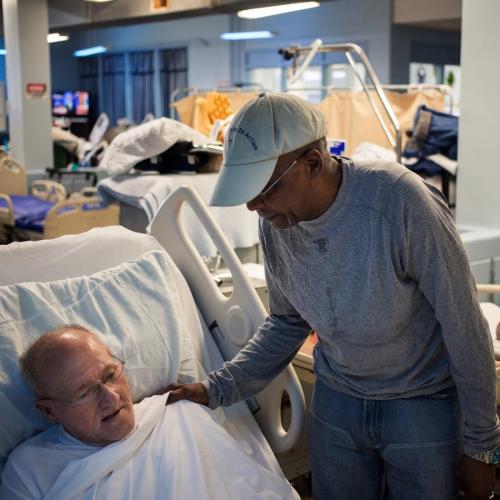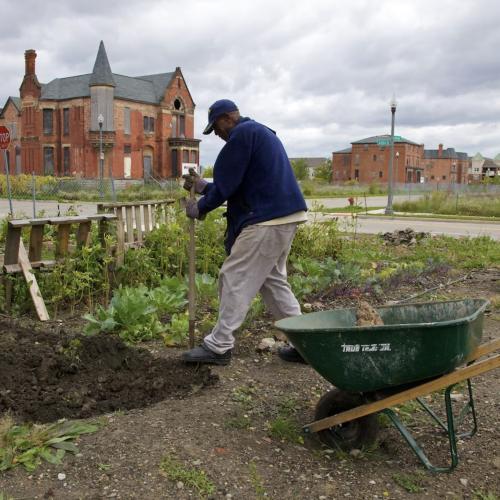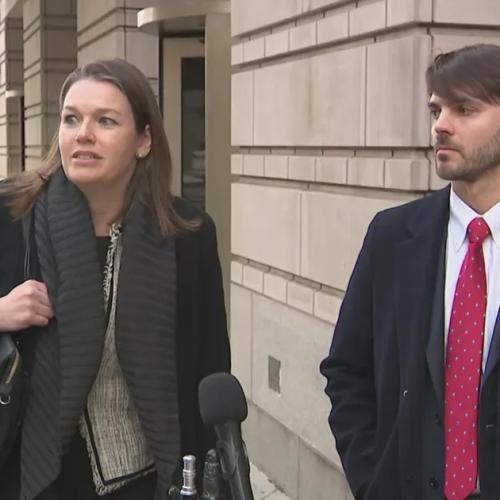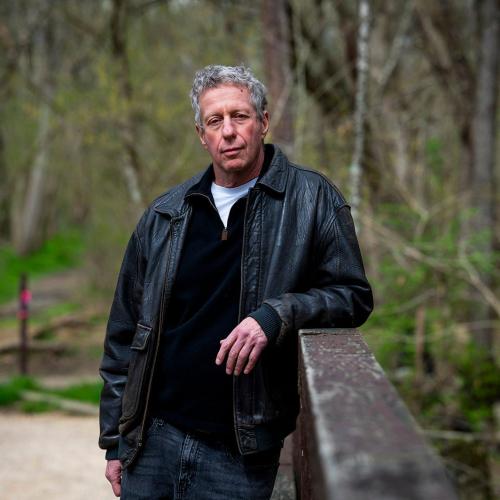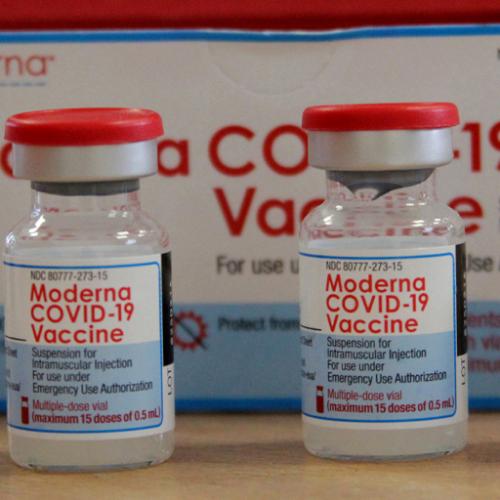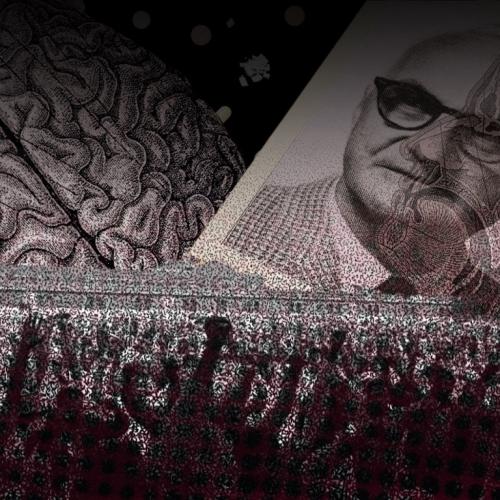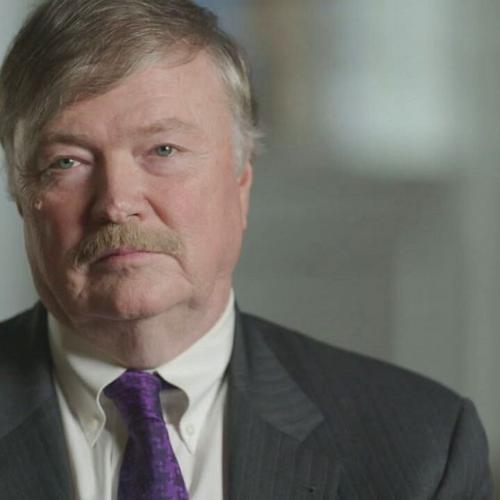Inspiring: Healing Our Bodies News Stories
Below are key excerpts of inspiring news articles on healing our minds and bodies from reliable news media sources. If any link fails to function, a paywall blocks full access, or the article is no longer available, try these digital tools.
For further exploration, delve into our Inspiration Center.
Harriet de Wit, a professor of psychiatry and behavioural science at the University of Chicago, was running an experiment on whether the drug MDMA increased the pleasantness of social touch in healthy volunteers. Mike Bremmer, de Wit's research assistant, appeared at her office door with a concerned look on his face. A man named Brendan had filled out a standard questionnaire at the end. Strangely, at the very bottom of the form, Brendan had written in bold letters: "This experience has helped me sort out a debilitating personal issue. Google my name. I now know what I need to do." Brendan had been the leader of ... a notorious white nationalist group. "Go ask him what he means by 'I now know what I need to do,'" [de Wit] instructed Bremmer. As he clarified to Bremmer, love is what he had just realised he had to do. "Love is the most important thing," he told the baffled research assistant. "I conceived of my relationships with other people not as distinct boundaries with distinct entities, but more as we-are-all-one. I realised I'd been fixated on stuff that doesn't really matter. There are moments when I have racist or antisemitic thoughts ... But now I can recognise that those kinds of thought patterns are harming me more than anyone else." While MDMA cannot fix societal-level drivers of prejudice and disconnection, on an individual basis it can make a difference. In certain cases, the drug may even be able to help people see through the fog of discrimination and fear that divides so many of us.
Note: A case study about Brendan was published in the journal Biological Psychiatry. Read more on the healing potentials of psychedelic medicine, including science journalist Rachel Nuwer's new book, I Feel Love: MDMA and the Quest for Connection in a Fractured World. Explore a treasure trove of concise summaries of incredibly inspiring news articles which will inspire you to make a difference.
In 2002, Chris Morgan lost his wife to cancer. A British army veteran who had put in 24 years of service as a gunner in the Royal Artillery, he was already struggling with PTSD when she passed away, and the grief from the loss triggered a breakdown. In despair, Morgan contemplated taking his own life. Instead, Morgan retreated to his shed. "It was my woodworking shed that was my safe place. And although I may not have done too much woodworking, it was just being in there that I knew helped," Morgan shared. "In fact, it saved my life." In 2008, he held an impromptu spoon carving class for a group of visiting wounded soldiers. The spontaneous seminar became a weekly workshop, and ultimately evolved into a dedicated permanent woodworking seminar that has been known as Veterans Woodcraft since 2016. Veterans Woodcraft is one of 3,000 so-called Men's Sheds scattered across the UK, Ireland, New Zealand, Canada, the US, Kenya and South Africa. The concept began in Australia in the 1990s to help tackle isolation and loneliness in predominantly older men. Men's Sheds UK chief officer Charlie Bethel ... says that of all the impacts he's seen from Men's Sheds in his five-year tenure, suicide prevention is the one that stands out the most. In a recent survey of 178 of the UK's 600 Men's Sheds, 25 percent of respondents said they had definitely saved a member's life, and 14 percent felt confident they had. Bethel hopes to set up a further 1,900 Men's Sheds across the UK over the next 10 years.
Note: Explore a treasure trove of concise summaries of incredibly inspiring news articles which will inspire you to make a difference.
Scientific research has long established the healing powers of the outdoors, but now programs promoting regular visits to nature – known as green or nature prescriptions – are nourishing the health of people and parks across the globe. Green prescriptions were pioneered decades ago. In 1982, doctors in Japan began encouraging therapeutic so-called "forest bathing," or Shinrin-yoku, which is now available in 62 certified forest-therapy bases. In New Zealand, green prescriptions ... have become a formal part of the health care system. Canada last year launched its first nationwide green prescription program. Today, 4,000 green prescriptions have been written by over 10,000 physicians ... in all 10 provinces. The benefits of spending time in nature are as established as a centuries-old oak trunk, and include reduced stress and improved sleep, happiness, attention, memory and creativity. In one 2015 study, researchers in Canada found that adding 10 more trees to a city block improved perceived health and well-being as much as increasing people's income by $10,000 or making them seven years younger. Time in nature even impacts the very functioning of our bodies: a study by a professor at University College London found that contact with microbes in the environment strengthens our immune systems, improving the resilience of our skin, airways and guts.
Note: Read more about the fascinating "hope molecules" that get released when we exercise, which can act as a powerful antidepressant for improved mental health.
In South Los Angeles, Crop Swap LA volunteers and staffers harvested bags of freshly picked produce from the front yard of a residence. "Everything we're growing is nutrient-dense and the food remains in the neighborhood," says Jamiah Hargins, who founded Crop Swap LA in 2018 as a small monthly swap of surplus produce. After spending years in finance and consulting, Hargins decided to create a local food distribution system to address the fact that his neighborhood was a food desert, meaning most residents have little access to healthy food. It's now one of many Bipoc-led groups across the US that are reclaiming their agricultural heritage and redefining the local food movement by growing on traditional farms and unconventional spaces such as yards, medians and vacant lots as a way to increase food security and health in their own communities. There are similar groups run by communities of color across the US. After the Chicora-Cherokee community in North Charleston, South Carolina, was left without a grocery store for more than 10 years, Fresh Future Farm stepped in. Founded in 2014, the non-profit transformed a vacant lot into a flourishing urban farm that grows bananas, sugarcane, meyer lemons, satsuma oranges, collard greens, okra and tomatoes, among other crops. Two years later, it opened a sliding scale grocery store on the same property – the first one in the area in 11 years. The non-profit also teaches home gardening classes, which is inspiring a new crop of home growers.
Note: Explore a treasure trove of concise summaries of incredibly inspiring news articles which will inspire you to make a difference.
One of the most interesting health research projects of the past decade or so has looked at how exactly exercise makes us feel good. Research shows that there appears to be a clear scientific reason, that we can see at a cellular level. When muscles contract, they secrete chemicals into the bloodstream. Among these chemicals are myokines, which have been referred to as "hope molecules". These small proteins travel to the brain, cross the blood-brain barrier, and act as an antidepressant. They do this by improving our mood, our ability to learn, our capacity for locomotor activity, and protect the brain from the negative effects of ageing. This has been referred to as "muscle-brain cross-talk". They're also responsible for improved metabolism, reduced inflammation, and increased muscle strength. Myokines are not solely responsible for feeling good: exercise also releases neurotransmitters such as dopamine, noradrenaline and serotonin that have a positive impact on our brains. So when you're feeling low, it's tempting to do a Netflix binge, or spend hours scrolling on social media comparing others' lives to yours, and feeling increasingly sad. This is especially true for teenagers. The antidote we know clearly from epidemiology and biology is to just get moving: whether it's joining a team, going for a long walk, or finding a community gym or yoga class. You'll certainly feel more hopeful afterwards.
Note: Explore a treasure trove of concise summaries of incredibly inspiring news articles which will inspire you to make a difference.
Food costs, especially in times of inflation, can be exorbitant. Likewise, getting to a brick-and-mortar grocery store may well be logistically impossible due to health and/or mobility concerns. It’s also true having limited access to food may be detrimental not merely because a person lacks basic sustenance, but also because certain medications work only when taken with food. Without it, those drugs may cease to work as effectively, if at all. Founded in 2016 in Copenhagen by five entrepreneurs, the team at Too Good To Go is trying to curb food insecurity around the globe by fighting food waste. On its website, Too Good To Go (TGTG) reports 2.8 billion tons of food is wasted every year. The app, available on iOS and Android, features a number of partner businesses—bakeries, supermarkets, and restaurants—nearest a user’s location that are giving away so-called “Surprise Bags” of unsold food. Rather than perfectly good food wasting away in a waste basket somewhere, TGTG users can stop by said businesses and pick up the food for themselves. The app’s UI is similar to those of on-demand food delivery services like ... DoorDash, UberEats, and Postmates. Users are able to see which places are available, what they may get, and then sign up to pick up the items at a designated time. To date, TGTG boasts 4.2 million users and 9,790 businesses on its platform. Earlier this month, the company ... announced they are carbon neutral and have saved 100 million bags in the last seven years.
Note: Explore a treasure trove of concise summaries of incredibly inspiring news articles which will inspire you to make a difference.
On a sunny March morning in Bengaluru, Ayesha Banu and Noorunnisa walk up to the stage of Nitte Meenakshi Institute of Technology. Their white canes folded and held aside, they speak to a packed hall of students and teachers about their work as Medical Tactile Examiners (MTEs). "We assist doctors in detecting the early signs of breast cancer in women," Banu speaks into the mic. "Using the first two fingers of both hands, we examine women's breasts for abnormalities." She explains that blind women like herself and Noorunnisa are especially well-suited to this profession because of the "high tactile sense in our fingertips, which helps us find tiny lumps in the breast." Tactile breast examinations, or TBEs, are clinical breast examinations specially designed for blind women trained as MTEs. Employing MTEs for routine breast cancer screening – and reaching women in their communities and workplaces – could help in the early detection of cancer and save lives, says Dr. Poovamma CU, the breast specialist under whom Banu and Noorunnisa work. Studies prove that in the absence of sight, blind people's brains can develop a heightened sense of touch, as well as hearing. Through the MTE training, a woman with vision impairment is able to empower another woman, by offering her preventive health care. In a recent Indian study where two MTEs conducted TBEs on 1,338 women, their success rate of detecting malignant cancers was over 78 percent, and the miss rate, only one percent.
Note: Explore a treasure trove of concise summaries of incredibly inspiring disabled persons news articles.
No one chooses medical debt. Many Americans who fall ill have no choice but to rack up debt in order to stay healthy or, in some cases, stay alive. For the underinsured and uninsured, incurring debt is inevitable. In a June 2022 survey, 40% percent of adults said they were burdened with medical debt. But progress on this issue is already underway. A recent report found that medical debt has fallen by almost 18% since 2020. This change is no coincidence, rather it points to the real impact that relief programs ... have had on everyday Americans. One such program comes out of my city of Toledo, Ohio. In November, Toledo City Council passed a community-scale medical debt relief initiative in partnership with Lucas County. We partnered with the national charity RIP Medical Debt and devoted $800,000 of Toledo’s ARPA funds (and $800,000 of the matched commitment from Lucas county) to medical debt relief. The way it works is simple: RIP Medical Debt purchases debt for pennies on the dollar and then relieves the debt. Our groundbreaking program will wipe out as much as $240 million in medical debt for as many as 41,000 people at a cost of only $1.6 million. There are no administrative hurdles for community members to overcome. Instead, relief recipients are simply sent a letter informing them their debt has been canceled. Two-thirds of Americans (67%) would support the Toledo model for medical debt relief being adopted in their community, including strong majorities of Democrats, Republicans, and Independents.
Note: Explore a treasure trove of concise summaries of incredibly inspiring news articles which will inspire you to make a difference.
One of the world’s most isolated aquatic mammals, Arctocephalus philippii, can tolerate high levels of cadmium, as well as other metallic pollutants, without suffering ill effects. A. philippii is the second smallest species of fur seal and lives only on the Juan Fernández archipelago and one or two nearby islands in the Pacific Ocean, hundreds of miles off the coast of Chile. By the 19th century, the species had disappeared and was believed to be extinct until, in the 1960s, a small colony was found in a cave on the island. Since then, the Juan Fernández seal, which has become a protected species, has slowly recovered and has a population of around 80,000. “We collected samples of their faeces and found they contained extremely high levels of cadmium and other elements such as mercury,” said Constanza Toro-Valdivieso of Cambridge University’s conservation research institute. “The discovery was very surprising,” she said. “Cadmium is poisonous to mammals but somehow these seals were processing it and passing it through their digestive systems and seem to be suffering little harm in the process.” High levels were found not only in its faeces but in the bones of seals that had died of natural causes. The researchers also found high levels of silicon in their bones, which may be offsetting the impact of cadmium, they suggest. “The discovery that these animals appear to tolerate high levels of cadmium in their bodies has important medical implications,” said Toro-Valdivieso. “These animals have a lot to tell us.”
Note: Explore a treasure trove of concise summaries of incredibly inspiring news articles which will inspire you to make a difference.
An intriguing claim that human brain cells possess crystals of a highly magnetic mineral known as magnetite was described today by Dr. Joseph Kirschvink, a professor at the California Institute of Technology. The 38-year-old geobiologist said he believed that magnetite crystals enabled animals from bees to whales to navigate by using the earth's magnetic field. He said he doubted that they supported any sensory capability in humans, although he suspected that they might account for the possible influence of strong electromagnetic fields on human health. That magnetite, one of the hardest metals on earth, is synthesized by the human brain "is sure to astound most scientists," Dr. Kirschvink said, but what it is doing there is a "total mystery." It might be a vestige from evolution and serve no purpose, he said. Or it could play a role in biology, explaining why electromagnetic fields have been associated with brain cancer and leukemia and why certain odd blips, called spin echoes, show up on magnetic resonance images of the brain. Each human brain on average contains seven billion particles of magnetite, weighing a total of one-millionth of an ounce. Magnetite interacts over a million times more strongly with external magnetic fields than any other biological material, Dr. Kirschvink said, including the iron in red blood cells. If only one cell in a million contains magnetite, he said, magnetic fields could exert an effect on the tissue.
Note: Robert O. Becker’s classic book “The Body Electric” presents amazing scientific experiments showing the importance of electrical fields and magnetic crystals in the human body. Explore a treasure trove of concise summaries of incredibly inspiring news articles which will inspire you to make a difference.
Every weekday at 5280 High School in Denver starts the same way. Students in recovery from drug and alcohol addiction gather on the steps of the school's indoor auditorium to discuss a topic chosen by staff members. One recent morning, they talked about mental health and sobriety. The students attend Colorado's only recovery high school — one of 43 nationwide. These schools are designed for students who are recovering from substance use disorder and might also be dealing with related mental health disorders. Compared with their peers at regular schools who have gone through treatment, recovery high school students have better attendance and are more likely to stay sober, and their graduation rate is at least 21% higher, according to one study. Recovery high schools often weave components of treatment into the school day — activities like 5280's daily recovery program meeting. In the afternoon, the school offers wellness electives such as spiritual principles and journaling. The school also employs a director of recovery and recovery coach to work with and counsel the students individually. "The No. 1 step is just letting them know out of the gate, no matter what's going on, that we love them," said Brittany Kitchens, the school's recovery coach. "We are here for them." Kitchens teaches students how to navigate recovery and regulate their emotions. She likens herself to a hall monitor, constantly checking in with students and looking for changes in behavior.
Note: Explore a treasure trove of concise summaries of incredibly inspiring news articles which will inspire you to make a difference.
[Gabor] Maté was born in January 1944; in May of that year, the deportation of Hungary’s Jews to Auschwitz began. By the end of the Holocaust, 565,000 Hungarian Jews had been murdered, Maté’s maternal grandparents among them. When he was 11 months old, his mother sent him with a stranger to be cared for by his aunt. Maté says trauma, from the Greek for “wound”, “is not what happens to you; it is what happens inside you as a result of what happens to you. It is not the blow on the head, but the concussion I get.” That, he says, is the good news. “If my trauma was that my mother gave me to a stranger ... that will never not have happened. But if the wound was that I decided as a result that I wasn’t worthwhile as a human being, I wasn’t lovable, that’s a wound that can heal at any time.” There can be two types of wound, he says. “There’s the capital-T traumatic events,” which include things like being abused as a child and the loss of a parent. Then there are “small-T traumas”. “You can wound a kid not only by doing bad things to them, but by also not meeting their needs,” he says. Maté has a heightened level of compassion. For him, the real villain is our culture. Many of the plights of modern society are, he says, natural responses to an unhealthy culture. Take addiction. His view is that there is no such thing as an “addictive personality”. Nor is addiction a disease. His mantra is: “Don’t ask why the addiction, ask why the pain. Addiction is a normal response to trauma.”
Note: The Wisdom of Trauma is a powerful film that travels alongside Dr. Gabor Maté in his quest to discover the connection between illness, addiction, trauma, and society. Deeply touching and captivating in its diverse portrayal of real human stories, the film also provides a new vision of a trauma-informed society that seeks to “understand the sources from which troubling behaviors and diseases spring in the wounded human soul.” Anyone can watch this donation-optional film at the above link.
Our brains are made up of billions of cells that work together to create our every ability. Wipe out those cells, through a stroke or other brain trauma, and you may no longer be able to read, but you might still be able to speak, sing or write. It’s all about where the brain is damaged — which systems of cells are traumatized and which are not. The three-pound mass of neurological tissue that we call the brain has the power not only to create every ability we have but also to manifest our perception of reality. Our brains have a two-pronged defense mechanism that kicks in when brain trauma occurs. Not only are we able to grow some new neurons — a process called neurogenesis — especially in the sites where physical trauma has occurred, our brain cells are capable of neuroplasticity, which means they can rearrange which other neurons they are in communication with. That’s why, whenever I meet someone who has experienced a brain trauma of any sort, I don’t focus on what abilities that person has lost, but rather I marvel at what insights that person might have gained because of the experience. Few things have greater impact on how people choose to live their lives than neurological trauma or near-death experiences. And when we find ourselves to be neurologically impaired, we become vulnerable and need others to support us rather than criticize or judge us. I became a much more compassionate and empathetic person following my stroke and recovery. Perhaps I am not the only one.
Note: The above was written by Jill Bolte Taylor, a neuroscientist and the author of "My Stroke of Insight: A Brain Scientist’s Personal Journey." Explore a treasure trove of concise summaries of incredibly inspiring news articles which will inspire you to make a difference.
Practising mindfulness is much better than taking part in talking therapies at helping people recover from depression, a British study has found. People who used a mindfulness self-help book for eight weeks and had six sessions with a counsellor experienced a 17.5% greater improvement in recovery from depressive symptoms than those who underwent cognitive behavioural therapy (CBT) while being supported by a mental health practitioner. Their results have been published in JAMA Psychiatry. The NHS says mindfulness involves people paying attention to “what is going on inside and outside ourselves, moment by moment” and “the sights, sounds, smells and tastes of the present moment” as well as being aware of their thoughts and feelings as they happen. People using mindfulness in the LIGHTMind 2 trial spent eight weeks following the advice in The Mindful Way Workbook, which helps them build up their mindfulness skills by guiding them on what they should do every day in order to be aware of their thoughts, feelings and physical sensations in a non-judgmental way. Doing that helps people address some of the behaviours that can maintain feelings of depression. They also had six one-to-one half-hour “support sessions” on the telephone with a therapist discussing their progress, experience of practising mindfulness and asking questions. Mindfulness-based treatment is also a cheaper way of tackling depression because people using it needed on average £526 less of subsequent treatment.
Note: Explore a treasure trove of concise summaries of incredibly inspiring news articles which will inspire you to make a difference.
"Don't get dirty!" was once a constant family refrain, as parents despairingly watched their children spoil their best clothes. Today, many parents may secretly wish their children had the chance to pick up a bit of grime. According to recent research, the dirt outside is teaming with friendly microorganisms that can train the immune system and build resilience to a range of illnesses, including allergies, asthma and even depression and anxiety. Certain natural materials, such as soil and mud ... contain surprisingly powerful microorganisms whose positive impact on children's health we are only beginning to fully understand. Our brains evolved in natural landscapes, and our perceptual systems are particularly well suited to wild outdoor spaces. Supporting this theory, one study from 2009 found that children with attention-deficit hyperactivity disorder (ADHD) were better able to concentrate following a 20-minute walk in the park, compared to a 20-minute walk on the streets of a well-kept urban area. People who grow up on farms are generally less likely to develop asthma, allergies, or auto-immune disorders like Crohn's disease [due to] their childhood exposure to a more diverse range of organisms in the rural environment. Michele Antonelli, a doctor from Italy ... has researched the ways that mud therapies can influence health. People with [skin] disorders ... seem to have an impoverished community of organisms. "These microorganisms can play a major role in many major chronic diseases," he says.
Note: Explore a treasure trove of concise summaries of incredibly inspiring news articles which will inspire you to make a difference.
Mental states can have a profound impact on how ill we get — and how well we recover. Understanding this could help to boost the placebo effect, destroy cancers, enhance responses to vaccination and even re-evaluate illnesses that, for centuries, have been dismissed as being psychologically driven. Neuroscientist Catherine Dulac and her team at Harvard University in Cambridge, Massachusetts, have pinpointed neurons in an area called the hypothalamus that control symptoms including fever, warmth-seeking and loss of appetite in response to infection. “Most people probably assume that when you feel sick, it’s because the bacteria or viruses are messing up your body,” she says. But her team demonstrated that activating these neurons could generate symptoms of sickness even in the absence of a pathogen. An open question, Dulac adds, is whether these hypothalamic neurons can be activated by triggers other than pathogens, such as chronic inflammation. The insula ... is involved in processing emotion and bodily sensations. A 2021 study ... found that neurons in the insula store memories of past bouts of gut inflammation — and that stimulating those brain cells reactivated the immune response. Such a reaction might prime the body to fight potential threats. But these reactions could also backfire. This could be the case for certain conditions, such as irritable bowel syndrome, that can be exacerbated by negative psychological states.
Note: Explore a treasure trove of concise summaries of incredibly inspiring news articles which will inspire you to make a difference.
As food prices rise around the world and access to healthy nutrition falls, trials in France and Belgium are experimenting with a unique "social security" for food. The affordability of food is a growing concern for increasing numbers of households worldwide as people struggle to cope with the greatest cost of living crisis in a generation. With some forced to cut back on food to meet other essential expenses, food insecurity is on the rise around the world. The idea of social security for food might sound far-fetched. But through recently launched projects in Montpellier in France and Brussels in Belgium, burgeoning collectives of NGOs, farmers, researchers and citizens are experimenting with the idea that quality, nutritious and organic food should be accessible to everyone – regardless of income. "Eating healthy and having access to quality food is expensive and only a minority of the population can afford to do so," says Margherita Via, project manager at BEES Coop. Inspired by universal healthcare systems such as those in France and Belgium, civil society groups have proposed establishing a new branch of social security, under which each citizen would receive a monthly allowance enabling them to buy food meeting certain environmental and ethical criteria. At its heart, the idea is about moving away from food as a commodity. "A total overhaul of [the agro-industrial food] system based on the right to food is necessary," says agronomist Mathieu Dalmais, who has led the movement since its inception.
Note: Explore a treasure trove of concise summaries of incredibly inspiring news articles which will inspire you to make a difference.
Schools and nonprofits are trying to address what they see as a growing problem, as more children need eyeglasses but can’t afford them. “Kids are getting nearsighted from close work and machines, electronic devices,” [Dr. Robert Abel] said. The American Academy of Ophthalmology estimates half of the world’s population will be nearsighted, or myopic, by 2049, with children being the most at risk. In Maryland’s Kent County Public Schools, a mobile vision clinic has helped to ensure more children have access to free eye exams, glasses. The national organization works with local funding partners, states and ophthalmologists to offer free eye care to school children in need. Last November, the nonprofit Vision to Learn made a stop at Galena Elementary. One by one, students boarded a converted 151-square-foot Mercedes-Benz Sprinter van, where an optometrist and optician conducted eye exams inside. Children who needed glasses then selected from a choice of 30 frames. A few weeks later, the Vision to Learn van returned to hand out the glasses at a school assembly. The glasses were given out like awards. That way, educators and health providers hoped to combat any stigma of wearing glasses. Vision to Learn has expanded to 14 states, each with their own corresponding mobile clinic van. Other organizations, like OnSight’s “Vision Van” in New York and VSP Global’s “Eyes of Hope” mobile clinic, headquartered in California, have taken up the same cause in an effort to improve student outcomes.
Note: Explore a treasure trove of concise summaries of incredibly inspiring news articles which will inspire you to make a difference.
The food served at the suburban San Francisco school system, Mount Diablo Unified, reflects a trend away from mass-produced, reheated meals. Its lunch menus are filled with California-grown fruits and vegetables, grass-fed meats and recipes that defy the stereotype of inedible school food. Among American schoolchildren, these students are in the lucky minority. Making fresh meals requires significant investment and, in many areas, an overhaul of how school kitchens have operated for decades. What’s more, federal money to boost lunch budgets has declined. The government last year ended a pandemic-era program offering free school meals to everyone. A few states, such as California, have been paying to keep meals free for all students, but most states went back to charging all but the neediest kids for meals. Increases in money from California’s state government have made it possible for Mount Diablo to buy fresher local ingredients and hire the chef, Josh Gjersand, a veteran of Michelin-starred restaurants. Local farms, bakers, creameries and fishermen now supply most ingredients to the district, which serves 30,000 students from wealthy and low-income communities east of San Francisco. Making food from scratch isn’t just healthier, it’s cheaper, many school nutrition directors say. In 2021, California committed to spending $650 million annually to supplement federal meal reimbursements — money for food, staff, new equipment and other upgrades.
Note: Explore a treasure trove of concise summaries of incredibly inspiring news articles which will inspire you to make a difference.
In the year since Donna Bruce started working at the Baltimore public library’s Penn North branch, she has connected more than 400 visitors to housing programs, food assistance and substance abuse recovery options — and saved a man from dying of a drug overdose by administering the emergency treatment Narcan. Poverty is pervasive in the neighborhoods around the Penn North library, and many people come in simply looking for heat or shelter. Bruce is leading a team of “peer navigators” in the library system trained to provide trauma-informed engagement and support to the public. All navigators have personal experience with mental health challenges or substance abuse disorders and act as role models in the community. Peer Navigators is the first city agency program that owes part of its origin story to Baltimore’s 2020 Elijah Cummings Healing City Act. The goal of the groundbreaking legislation is to help departments reckon with and change policies that have caused — and continue to cause — trauma, while charting a new path rooted in healing. The act mandates that city employees receive training, to gain awareness and learn how to help those who have been harmed. At the same time, agency leaders must evaluate their practices and procedures to determine if they are causing trauma and how to change those that are to better serve Baltimore’s communities. Evidence shows the approach can improve social environments, decrease violence, and reduce other negative encounters.
Note: Explore a treasure trove of concise summaries of incredibly inspiring news articles which will inspire you to make a difference.
Important Note: Explore our full index to revealing excerpts of key major media news stories on several dozen engaging topics. And don't miss amazing excerpts from 20 of the most revealing news articles ever published.









